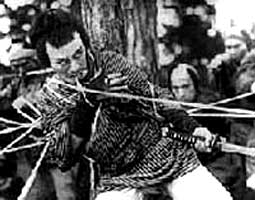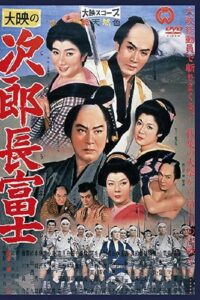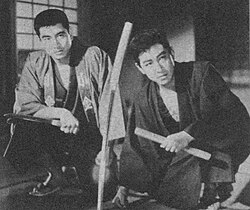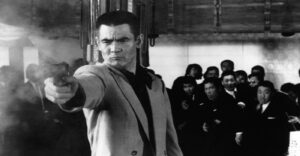Episode 583 – The Men of Chivalry, Part 3
Manage episode 489898690 series 1755874
This week: we take a look at the genre of the yakuza movie, or ninkyo eiga, which started off as a branch of the samurai film genre before becoming very much its own thing–and, for a decade or so in the 1960s and 1970s, dominating the Japanese box office.
Sources
McDonald, Keiko Iwai. “The Yakuza Film: An Introduction.” in Reframing Japanese Cinema: Authorship, Genre, History. Eds. Arthur Noletti, Jr. and David Desser
Schilling, Mark. The Yakuza Movie Book: A Guide to Japanese Gangster Films
Anderson, Joseph and Donald Ritchie. The Japanese Film: Art and Industry, Expanded Edition.
Images




12 episodes



